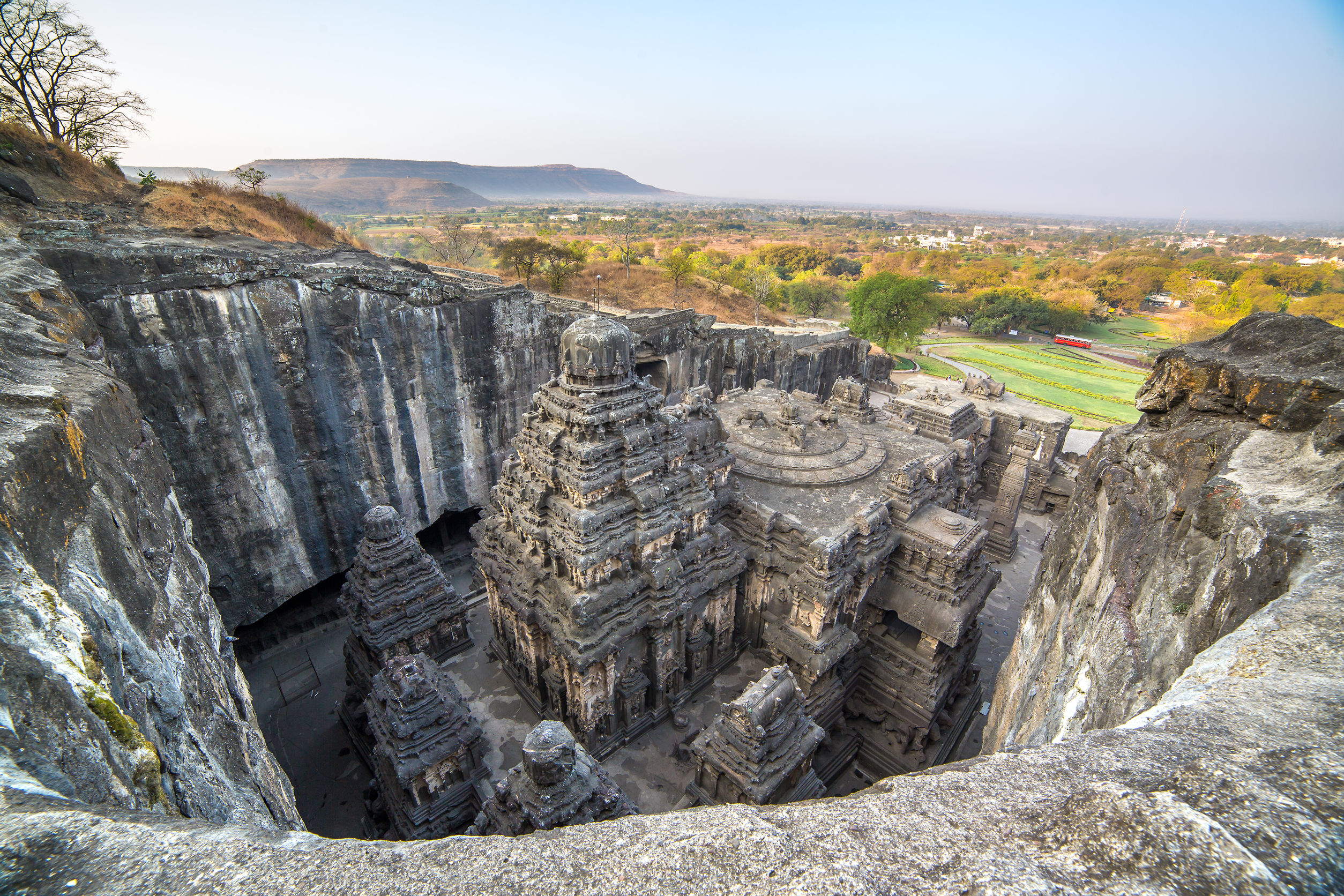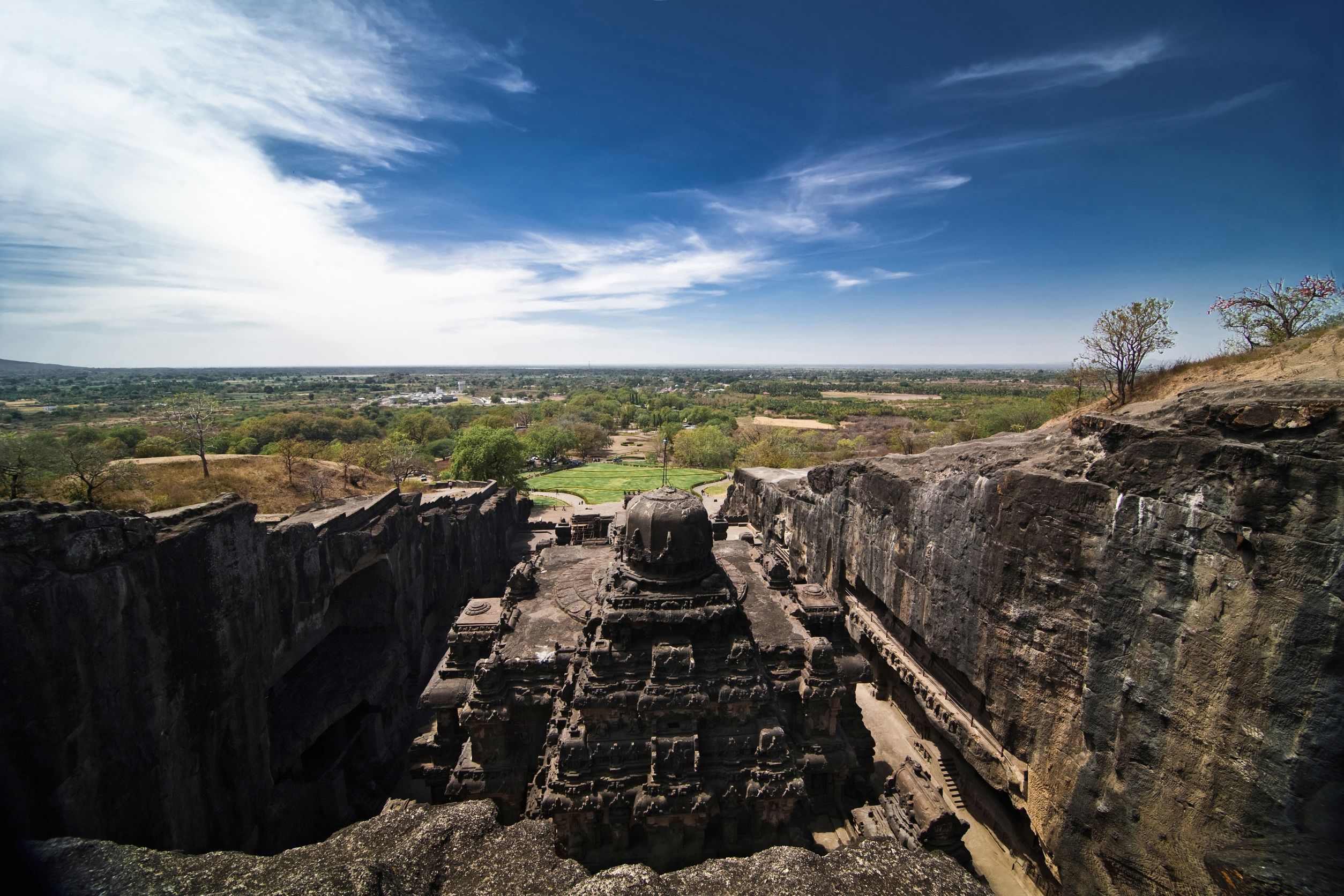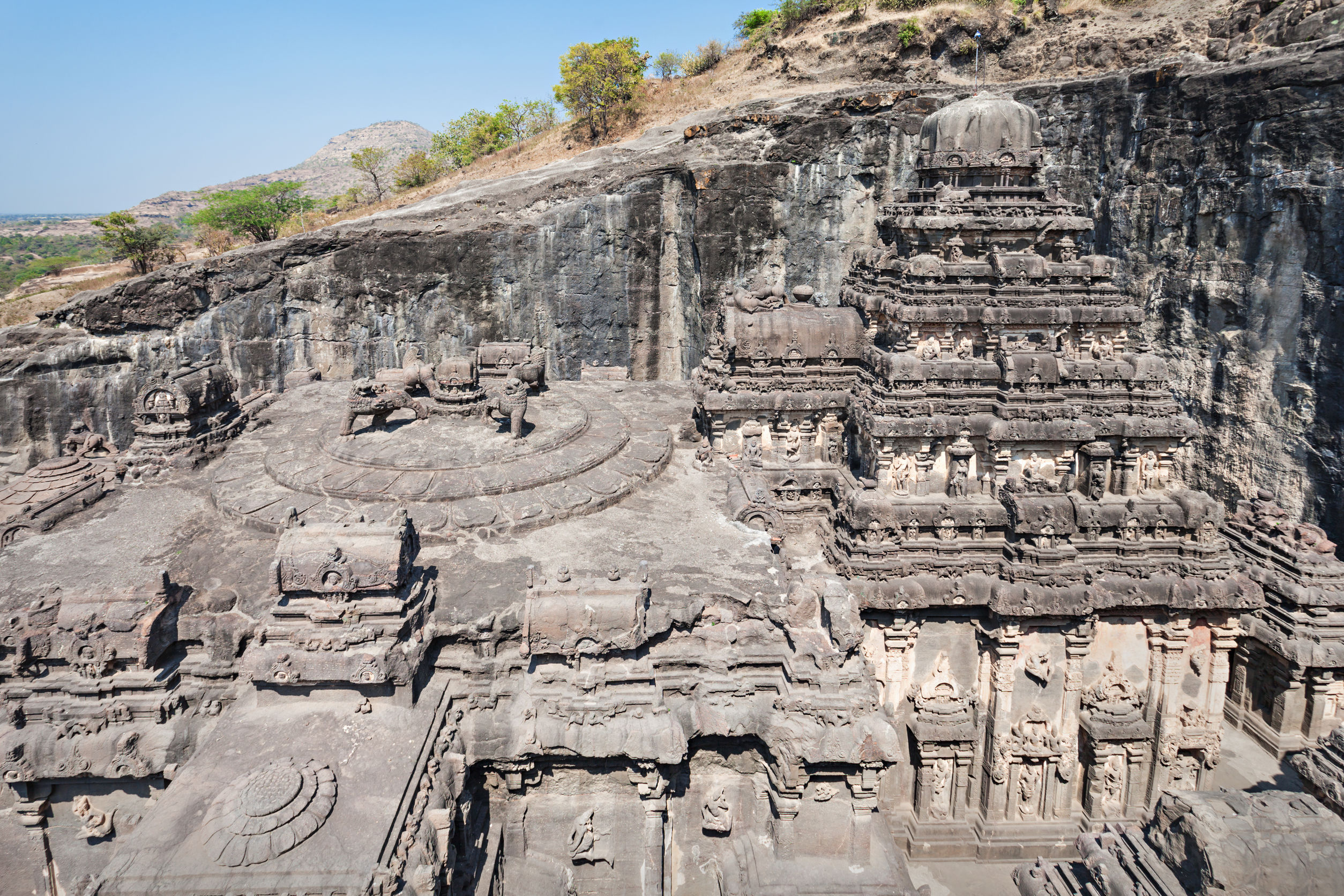This Indian temple is the largest monolithic building in the world
An Indian temple that was built more than 1,200 years ago is the largest monolithic building in the world, and a true wonder to look at.
Kailasa Temple in India is a monolithic building, which means it is a rock-cut structure that was excavated from a single piece of material – in this case, stone. It is one of the 34 cave temples and monasteries that together form the Ellora Caves.

Its construction is linked to the King Krishna I, the 8th-century Rashtrakuta king who ruled between 756 and 773, with an architecture that shows traces of several styles and housing carefully carved panels that depict adventures of Hrishna and scenes from the Ramayan.
Nevertheless, its history is still a bit uncertain. It is believed to have been commissioned by King Krishna I in the year 760, yet the epigraphs that link the temple to this king are not physically connected to the caves.

Moreover, the complex design and the scale of the temple made numerous scholars believe that the construction of the temple spanned the reign of several kings. It is King Krishna I, though, that saw the construction of the major parts of the temple, which is estimated to have been built in 6 years by around 250 workers.
The technique used for its construction is vertical excavation. This means that the carvers started working at the top of the original rock and gradually moved downwards, removing around 200,000 tons of rocks by hammel and chisel, as the temple was taking shape.

The center of the courtyard has a central shrine dedicate to Shiva, with a flat-roofed mandapa (pavilion) supported by 16 pillars.